Korean tourists make up the majority of foreign visitors to Japan. Even more Koreans are visiting Japan now than before the COVID-19 pandemic. It’s likely that during these travels, some may have found themselves in awkward situations due to cultural differences.
Here, we’ll introduce some helpful information before traveling to Japan.
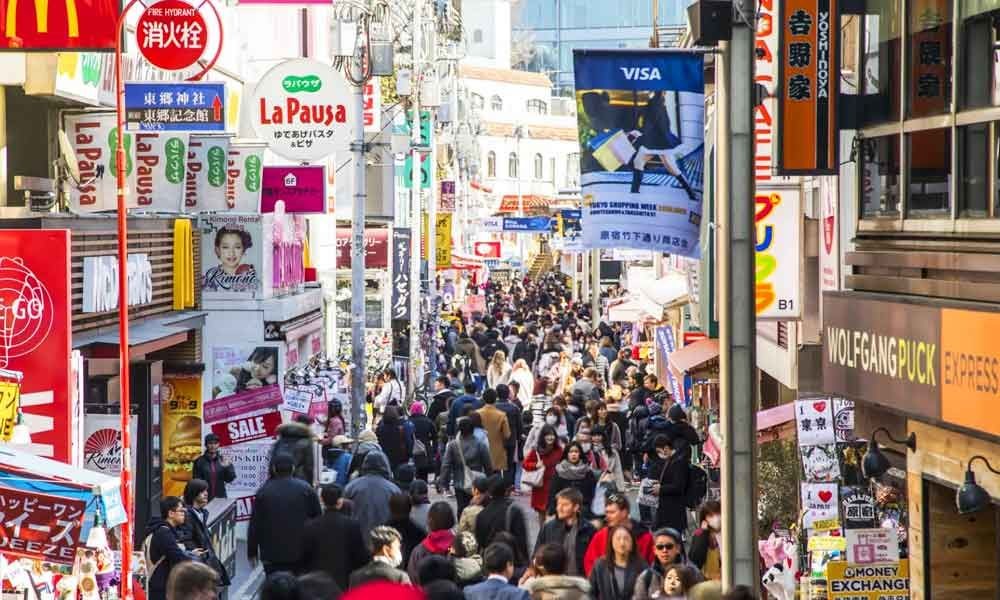
While in Japan, it’s a good idea to download public transportation apps in advance. PASMO and Suica are transportation card apps that can be used on mobile devices without needing a physical card. You can create a card using the app. However, they are only available for iPhone users and can be used with Apple Pay.
To check the balance of your transportation card while traveling in Japan, you can use the Japan train card balance app. This app scans your physical transportation card to show the remaining balance.
When you need a translation in Japan, we recommend Naver Papago and Google Translate. With Naver Papago, you can translate both voice and text. Google Translate translates text, voice, and even text within images. This app is particularly convenient because it directly translates text from your photos.
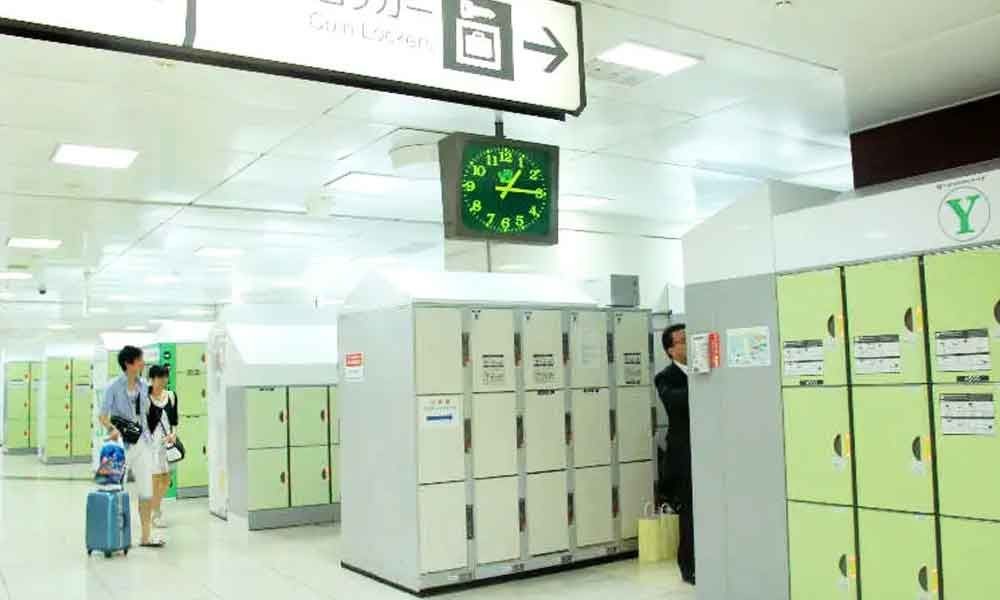
If you need a place to store your luggage while traveling in Japan temporarily, we recommend using coin lockers. Most subway stations and department stores in Japan have coin lockers, which are great for storing shopping bags or luggage. Coin lockers come in two types: key lock and touch screen.
The cost to use a coin locker ranges from 200 to 900 yen ($1.80 to $8.10). An overtime fee will be charged if you exceed the daily usage period, which ends when the date changes.
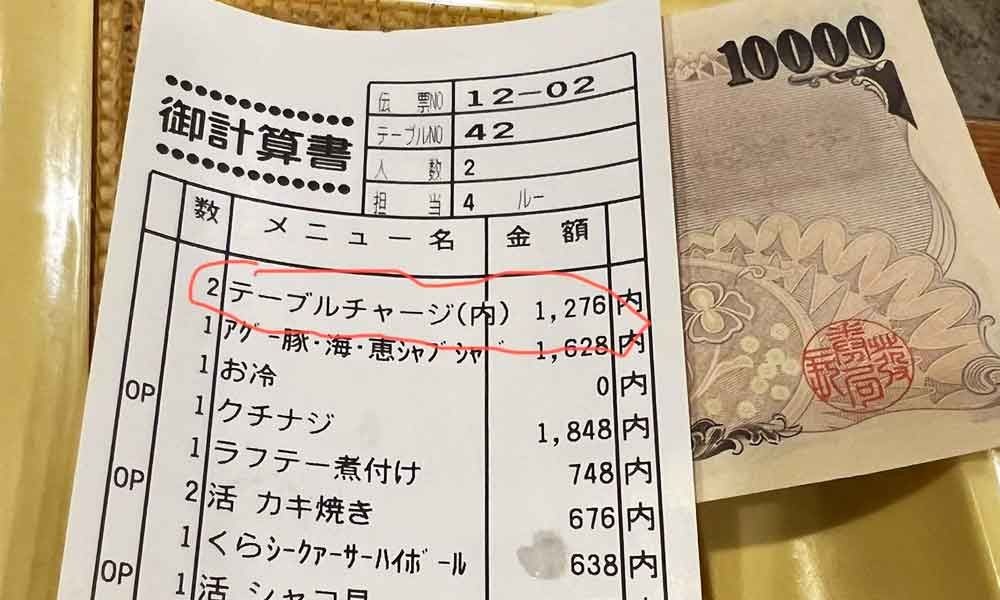
You can experience cultural differences between Korea and Japan, even in trivial matters. This is also true when dining out in Japan. In Japan, you should wait to be seated by the staff rather than seating yourself. It would be best to wait outside the restaurant until the staff assigns you a seat.
In Japan, izakayas (Japanese pubs) charge a table fee, known as “otoshi.” This fee is charged per person and is usually between 300 and 500 yen ($2.70 to $4.50). A small dish of food is generally provided with this fee. Also, many restaurants in Japan still allow smoking.
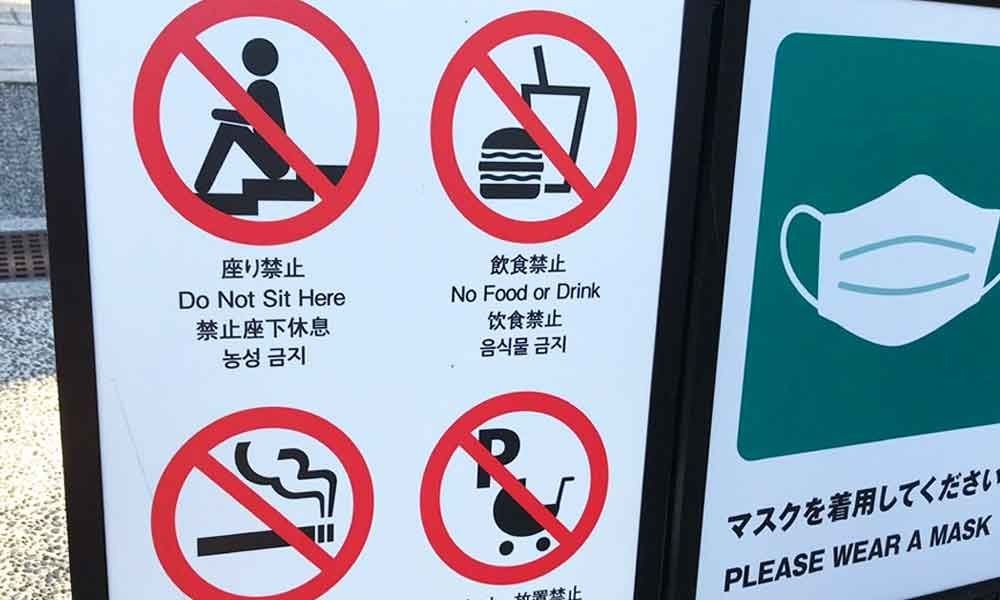
In Japan, people do not call in public places such as subways, cafes, and restaurants. You may notice that these places are very quiet. Japanese people dislike causing inconvenience to others, so they do not make loud phone calls in public areas. They also do not eat on the subway and avoid taking photos with a loud shutter sound in enclosed spaces, as they believe it can be bothersome to others.
When using a hot spring, you should also avoid loud conversations. When conversing, speak in a quiet voice and keep it brief. You should not wear a swimsuit or wrap a towel around your body when entering a hot spring. You should thoroughly wash your body before entering the hot spring and avoid scrubbing your body while bathing. You should also use a shower cap to keep your hair from touching the water.
Many tourist spots in Japan prohibit food consumption. You should check in advance whether eating is allowed. Some guesthouses and hostels also prohibit eating in the rooms, so you should confirm this when you check-in.
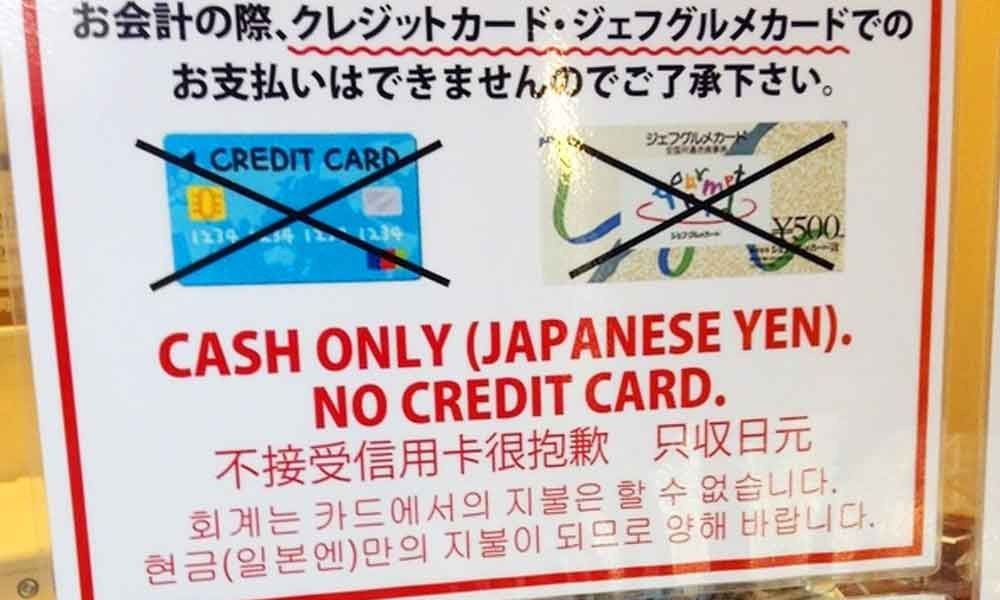
These days, many people travel without cash due to cards that allow fee-free payments abroad. Although the number of places in Japan that accept card payments is increasing, many places still only accept cash. It is always a good idea to carry some cash in Japan. You should also check beforehand whether a restaurant accepts card payments before visiting.
In Japan, outlets are not allowed in restaurants and cafes, but they are common in Korea. However, electricity is considered personal property in Japan, so using an outlet can be seen as stealing electricity. Even if there is an outlet, you should not charge your devices without permission. Some franchise stores do allow free use of outlets.
When taking a taxi in Japan, you should not open the back door yourself but wait for the driver to do so. All taxis in Japan have doors that can be opened and closed automatically from the driver’s seat, so forcing the door open can cause damage. This differs from taxis in Korea, so many tourists may not be aware of this.
Photos=Nippon, Mainichi, Gotokyo, Livejapan, Reddit, Ameblo, Quora










Most Commented